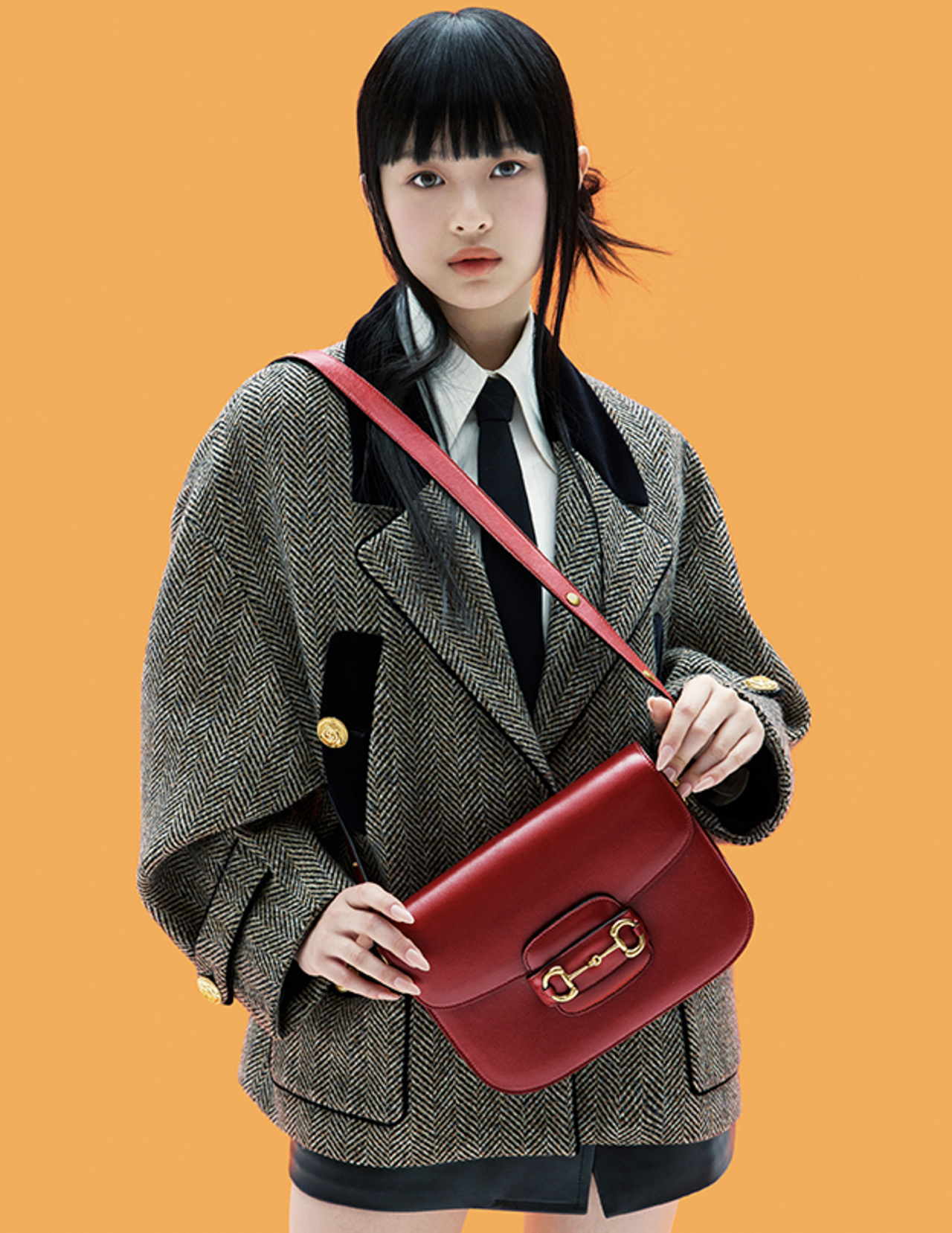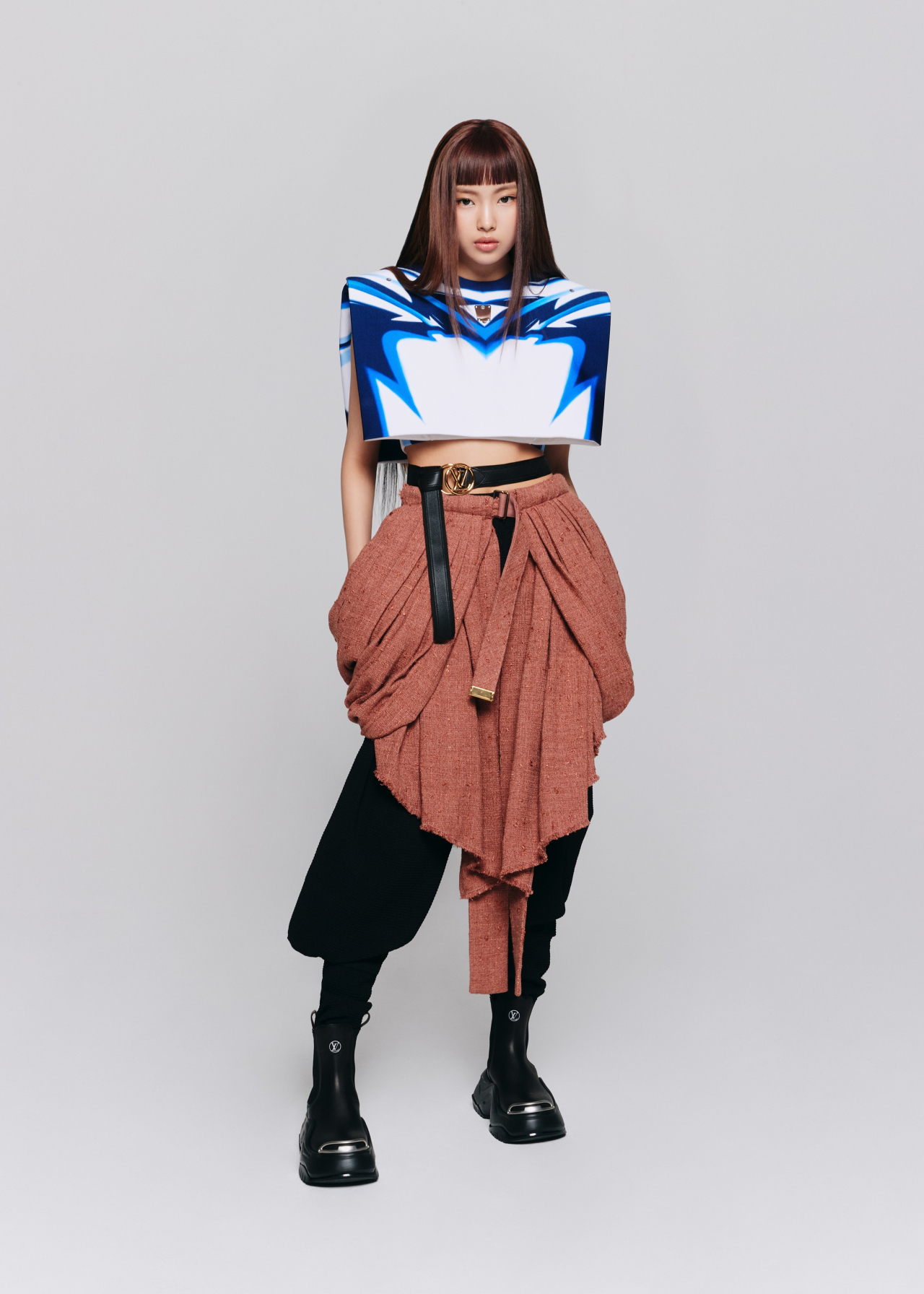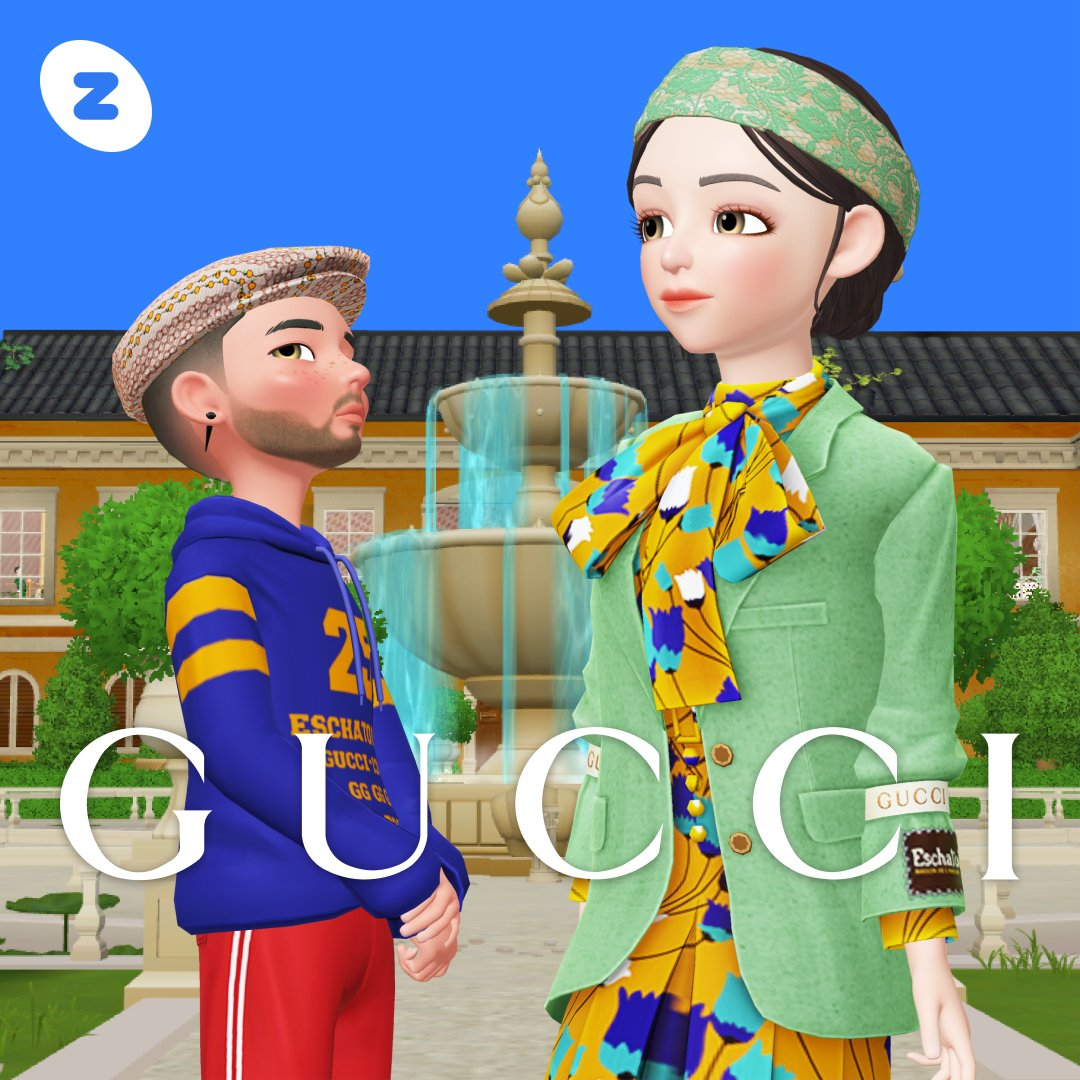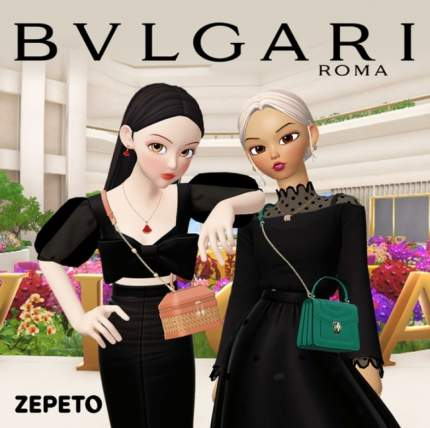Market Now
[Weekender] Luxury labels target teens
 |
Members of the K-pop girl band NewJeans have become favorite faces among luxury fashion brands: Haerin for Dior (Dior) |
While it's not breaking news that luxury fashion houses have been broadening their customer bases to younger customers, teenagers have risen as a new lucrative target demographic for such brands.
More teenagers are purchasing high-end goods -- everything from lower-priced luxury beauty products and shoes to pricier bags, watches and jewelry.
“Being a fan of Dior, I wanted to experience the brand,” said Lee Kyung-min, a high school student who visited a pop-up event held by French fashion house Dior to promote its fragrance line in Seoul last week.
“As a student, I can only purchase cosmetics products and small leather goods. But I hope to get a Dior bag one day,” she said. “I wish to identify myself as a ‘Dior girl.’”
 |
Members of the K-pop girl band NewJeans have become favorite faces among luxury fashion brands: Hyein for Louis Vuitton (Louis Vuitton) |
'Luxury haul' vlogs fuel trend
Lee is not alone. On YouTube, there is a trend of teenage YouTubers sharing their shopping sprees. Most introduce themselves as middle and high school students who are into luxury fashion.
The “luxury haul” trend, in which vloggers showcase the bounties of their high-end shopping sprees, was led by those in their 20s and 30s. It has now spread to teenagers, featuring them showing off recent purchases from luxury houses such as Chanel, Bvlgari, Cartier and more.
One of the videos features a high school student sharing her shopping spree worth 10 million won ($7,500) to celebrate her 18th birthday.
“As I am still a student, I don’t have a lot of places to go with this bag,” the YouTuber says in the video, unboxing a 30 Montaigne Bag from Dior, which is now priced at 5 million won. “My parents told me I should never carry luxury bags when I am with my friends. I only wear them when going out with my parents.”
Along with the trend of luxury goods attracting increasingly younger consumers, the fashion industry is projecting those under 20 will become a major consumer group for luxury goods.
 |
Gucci is among the first high-end fashion house to launch their own virtual showrooms in Zepeto, a metaverse platform popular among teenagers. (Zepeto) |
According to a January report by consulting firm Bain & Company, Generation Z consumers -- those born in the mid-to-late 1990s -- are buying luxury items some three to five years earlier than millennials, born between 1981 and 1996.
“The spending of Gen Z and the even younger Gen Alpha is set to grow three times faster than other generations’ through 2030, making up a third of the market,” the report said.
The report projected younger generations -- including Gen Y, Z and Alpha -- will become “the biggest buyers of luxury,” representing 80 percent of global purchases by 2030.
To lure young consumers, the luxury industry is adopting a youth-focused strategy, actively branding themselves as young, approachable labels. Active engagement in social media is a move to open up luxury’s shopper base to younger customers.
 |
Bvlgari is among the first high-end fashion house to launch their own virtual showrooms in Zepeto, a metaverse platform popular among teenagers. (Zepeto) |
Brand partnerships to lower entry barriers
High-end fashion houses are also joining hands with more mainstream brands in an attempt to lower the barrier to entry.
Louis Vuitton’s partnership with streetwear fashion label Supreme in 2017 signaled a pivot for the brand. It indicated the luxury fashion house's new strategy of catering to much younger customers, followed by Tiffany & Co. and Gucci, who teamed up with Nike and Adidas, respectively.
Running high on the explosive popularity of K-pop around the world and its massive fandoms, such brands are also increasingly selecting K-pop idols, including teen members, as their new faces.
Global K-pop sensation Blackpink, whose members are all in their 20s, wowed the fashion industry after all its members were designated as brand ambassadors to each represent Chanel, Dior, Bvlgari and Celine.
More recently, another girl group called NewJeans has become a favored name among luxury brands such as Gucci, Louis Vuitton and Burberry. The five members are all in their teens, aged from 15 to 19.
“Consumers always pursue a ‘young’ image,” said Lee Eun-hee, a professor of consumer science at Inha University.
“Brands can build such images for themselves by having young K-pop stars represent the labels. Also, this shows that the brands' consumer group is becoming younger and younger."
The professor added that fashion brands are appealing to teenagers from a long-term strategic perspective because they will become potential consumers in the very near future.
“They might not be big spenders for now, but they are highly likely to become lucrative consumers in the future. The brands want to build a relationship with them at the earliest possible opportunity,” she said.
By Im Eun-byel (silverstar@heraldcorp.com)


![[Global Finance Awards] Mirae Asset Securities' global top-tier ambition within reach](http://res.heraldm.com/phpwas/restmb_idxmake.php?idx=151&simg=/content/image/2024/11/27/20241127050077_0.jpg)
![[Global Finance Awards] Kyobo Life enhances insurance coverage for cancer, long-term care](http://res.heraldm.com/phpwas/restmb_idxmake.php?idx=151&simg=/content/image/2024/11/26/20241126050106_0.jpg)
![[Global Finance Awards] Kakao Bank bolsters SE Asia foray with Superbank partnership](http://res.heraldm.com/phpwas/restmb_idxmake.php?idx=151&simg=/content/image/2024/11/27/20241127050076_0.jpg)
![[Global Finance Awards] IBK boosts support for small businesses](http://res.heraldm.com/phpwas/restmb_idxmake.php?idx=151&simg=/content/image/2024/11/27/20241127050072_0.jpg)
![[Global Finance Awards] Shinhan chief pushes to boost corporate value](http://res.heraldm.com/phpwas/restmb_idxmake.php?idx=151&simg=/content/image/2024/11/27/20241127050074_0.jpg)
![[Global Finance Awards] Mirae Asset bolsters global presence with W370tr under management](http://res.heraldm.com/phpwas/restmb_idxmake.php?idx=151&simg=/content/image/2024/11/27/20241127050075_0.jpg)
